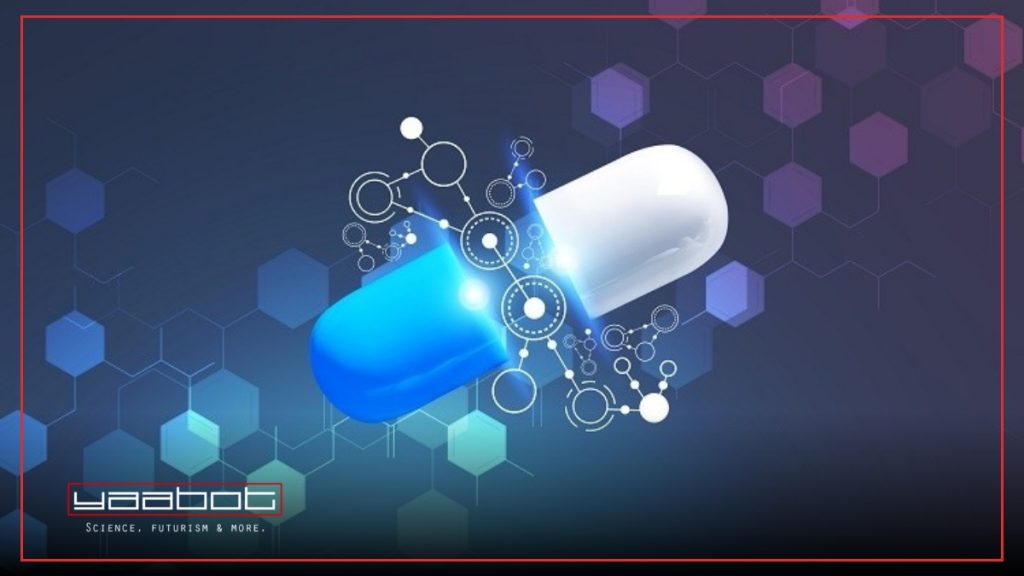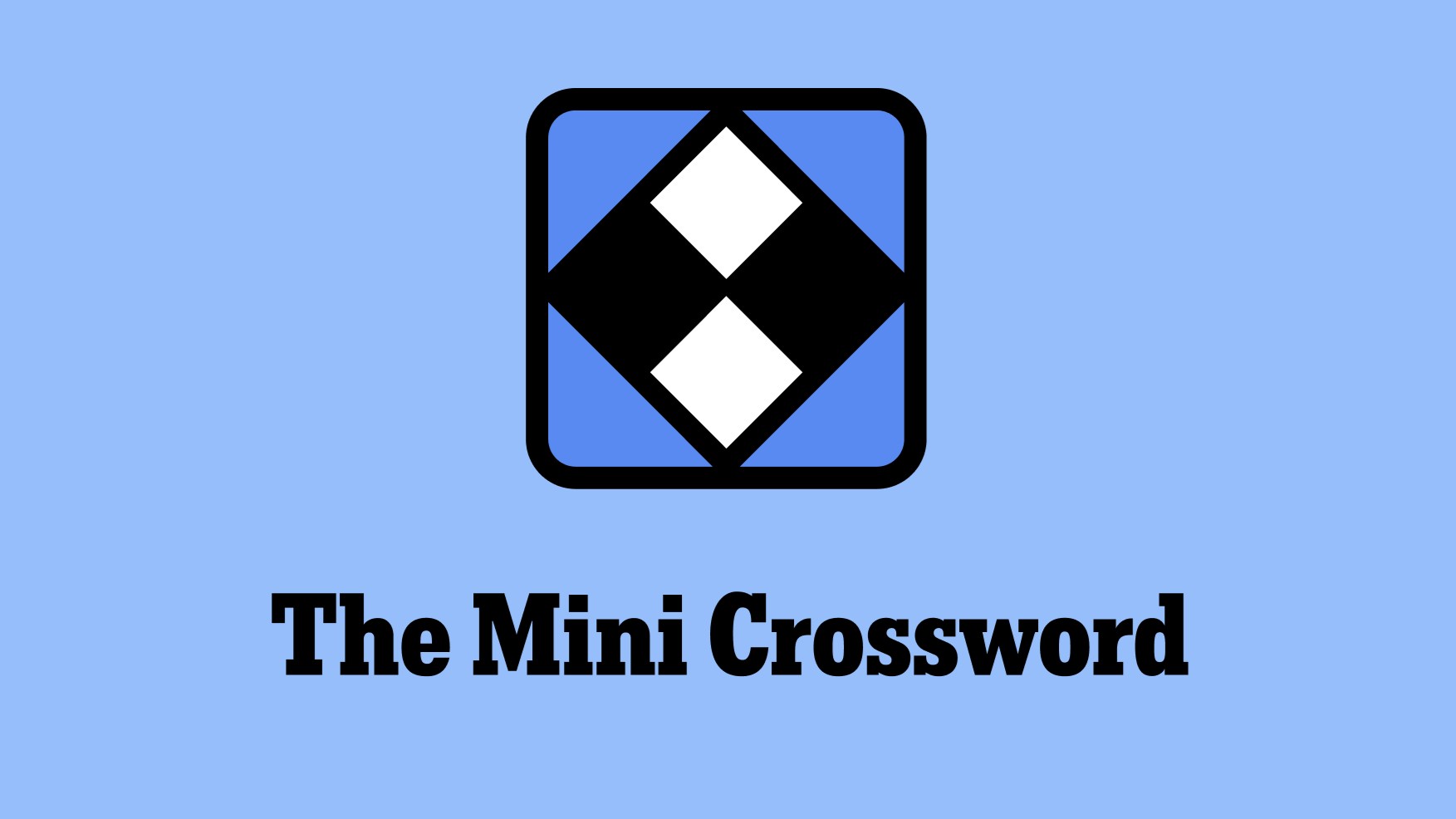D-Wave (QBTS) And The Future Of Drug Discovery: The Power Of Quantum Computing And AI

Table of Contents
Accelerating Drug Discovery with Quantum Computing Power
The development of new drugs hinges on understanding complex molecular interactions. Traditional classical computers struggle to simulate these interactions accurately, particularly for large and complex molecules. This limitation significantly slows down the drug discovery process. However, D-Wave's quantum computers offer a powerful alternative. Their unique architecture allows them to handle these complex calculations far more efficiently than classical counterparts.
Simulating Molecular Interactions
Classical computing methods often fall short when simulating the intricate interactions of molecules, a critical step in drug design. The sheer computational complexity of accurately modeling these interactions often leads to approximations and inaccuracies. D-Wave's quantum computers, leveraging quantum annealing, can tackle these challenges more effectively. By harnessing the principles of quantum mechanics, they can explore a much wider range of possibilities and provide more accurate simulations.
- Faster identification of potential drug candidates: Quantum computing allows for rapid screening of a vast number of potential drug molecules, significantly accelerating the identification of promising candidates.
- Improved accuracy in predicting drug efficacy and safety: More accurate simulations lead to better predictions of how a drug will interact with its target and the potential side effects, reducing the risk of failure in later stages of development.
- Reduced reliance on expensive and time-consuming laboratory experiments: By providing more accurate simulations upfront, quantum computing can minimize the need for extensive and costly laboratory experiments.
Optimizing Drug Design and Development
Beyond simulation, quantum algorithms can optimize various stages of the drug development pipeline. This includes optimizing drug delivery methods for improved efficacy, identifying optimal drug dosages to maximize therapeutic effect while minimizing side effects, and even improving the efficiency of drug synthesis processes.
- Increased efficiency in clinical trials: Better predictions from simulations lead to more focused clinical trials, reducing time and costs associated with testing ineffective candidates.
- Reduced development costs: By streamlining the entire process, from initial candidate identification to clinical trials, quantum computing can drastically reduce the overall cost of drug development.
- Faster time-to-market for new drugs: The accelerated pace of discovery and development translates to faster availability of life-saving medications for patients.
The Synergy of Quantum Computing and Artificial Intelligence in Drug Discovery
The true power of D-Wave's technology is amplified when combined with AI. AI algorithms excel at analyzing massive datasets, identifying patterns, and making predictions. Quantum computing enhances these capabilities by providing the computational horsepower necessary to analyze these vast datasets efficiently and accurately.
AI-powered Drug Target Identification
AI algorithms can analyze genomic and proteomic data to pinpoint promising drug targets – specific molecules or pathways within the body that can be manipulated to treat a disease. Quantum computing significantly accelerates this process.
- Improved accuracy in identifying potential drug targets: Quantum-enhanced AI algorithms can identify targets with higher confidence, reducing the risk of pursuing unpromising leads.
- Faster analysis of large biological datasets: Quantum computing handles the immense volume of data involved in drug target identification far more efficiently than classical approaches.
- Identification of novel drug targets: By uncovering complex relationships within biological data, the combined power of AI and quantum computing can unveil entirely new drug targets previously inaccessible to traditional methods.
AI-Driven Drug Candidate Screening and Optimization
AI is crucial for screening massive libraries of potential drug candidates, identifying those with the most promising properties. Quantum computing accelerates this process dramatically.
- Reduced time required for screening: Quantum computing significantly speeds up the computational process of evaluating thousands or even millions of potential drug candidates.
- Identification of more effective drug candidates: By accurately predicting the properties of drug candidates, quantum computing helps identify those most likely to be effective and safe.
- Optimization of drug properties (e.g., potency, selectivity): Quantum algorithms can optimize drug properties, leading to more potent and targeted therapies with fewer side effects.
D-Wave's (QBTS) Role in the Quantum Revolution
D-Wave's unique quantum annealing technology is particularly well-suited to solving the complex optimization problems inherent in drug discovery. Its advantage lies in its ability to efficiently find the lowest energy state of a system, a crucial element in many drug discovery tasks, such as protein folding simulations and drug molecule optimization. D-Wave is actively collaborating with pharmaceutical companies and research institutions to apply its technology to real-world drug discovery challenges.
- Specific examples of D-Wave's contributions to drug discovery research: [Insert specific examples and published research here. Link to relevant publications.]
- Mention any successful case studies or published research papers: [Insert links and details here.]
- Highlight D-Wave's future roadmap for improving its quantum computing technology: [Mention future plans for hardware and software improvements.]
Conclusion: The Future is Quantum: D-Wave and the Transformation of Drug Discovery
D-Wave's quantum computing technology, coupled with AI, holds immense promise for transforming drug discovery. By accelerating the process, reducing costs, and improving the accuracy of predictions, this technology has the potential to revolutionize how new drugs are developed. This will undoubtedly lead to faster development times, reduced costs, and improved efficacy, ultimately addressing critical unmet medical needs and improving patient outcomes. Explore the potential of D-Wave's quantum computing solutions and discover how they are revolutionizing drug discovery. Visit [link to D-Wave website] to learn more about D-Wave, quantum computing, AI, and the future of drug discovery.

Featured Posts
-
 Serie A Lazio And Juventus Share The Spoils In Tense Match
May 21, 2025
Serie A Lazio And Juventus Share The Spoils In Tense Match
May 21, 2025 -
 Wwe Raw Match Ends With Zoey Stark Injury
May 21, 2025
Wwe Raw Match Ends With Zoey Stark Injury
May 21, 2025 -
 Solve The Nyt Mini Crossword Answers For March 13 2025
May 21, 2025
Solve The Nyt Mini Crossword Answers For March 13 2025
May 21, 2025 -
 Kritichno Vazhlivi Telekanali Ukrayini Rishennya Minkulturi
May 21, 2025
Kritichno Vazhlivi Telekanali Ukrayini Rishennya Minkulturi
May 21, 2025 -
 Bribery Scandal Rocks The Navy Retired Admirals Career Implodes
May 21, 2025
Bribery Scandal Rocks The Navy Retired Admirals Career Implodes
May 21, 2025
Latest Posts
-
 Efimereyontes Iatroi Patras Savvatokyriako 12 And 13 Aprilioy
May 21, 2025
Efimereyontes Iatroi Patras Savvatokyriako 12 And 13 Aprilioy
May 21, 2025 -
 T Ha Epistrepsei O Giakoymakis Sto Mls Mia Vathyteri Matia
May 21, 2025
T Ha Epistrepsei O Giakoymakis Sto Mls Mia Vathyteri Matia
May 21, 2025 -
 Giatroi Se Efimeria Patra Savvatokyriako 12 13 Aprilioy
May 21, 2025
Giatroi Se Efimeria Patra Savvatokyriako 12 13 Aprilioy
May 21, 2025 -
 Giakoymakis Sto Mls Oi Elpides Kai Oi Amfivolies Ton Amerikanon Opadon
May 21, 2025
Giakoymakis Sto Mls Oi Elpides Kai Oi Amfivolies Ton Amerikanon Opadon
May 21, 2025 -
 Breite Efimereyonta Giatro Stin Patra 12 And 13 Aprilioy
May 21, 2025
Breite Efimereyonta Giatro Stin Patra 12 And 13 Aprilioy
May 21, 2025
